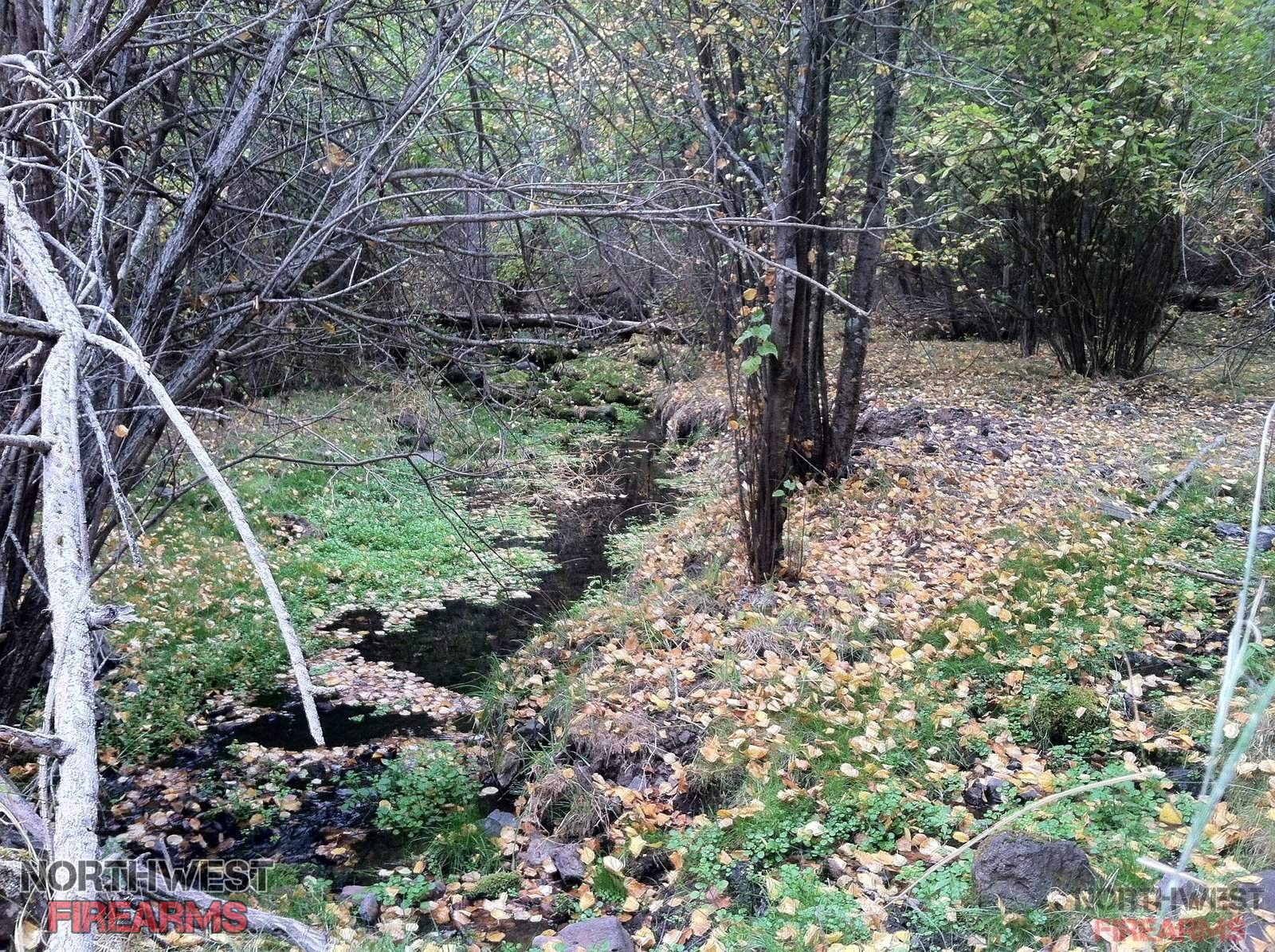I've noticed a real trend lately for scopes to have illumination. This seems like a newish thing to me and I am still trying to wrap my brain around it. Maybe it's not new, I just hadn't really been aware of the prevalence prior to a few years ago.
What I'm wondering is, do they fill a real need? Or is it just extra marketing fluff to make scopes appear more "high-end"? Does anyone here use them on a regular basis? What scenario do you find yourself in that either requires, or benefits from having illumination in your scope?
In the interest of disclosure, I have one scope with an illuminated reticle, a Burris 1x4 that I use for 3gun. And after the battery died, I removed it so it wouldn't leak and ruin my scope.
What I'm wondering is, do they fill a real need? Or is it just extra marketing fluff to make scopes appear more "high-end"? Does anyone here use them on a regular basis? What scenario do you find yourself in that either requires, or benefits from having illumination in your scope?
In the interest of disclosure, I have one scope with an illuminated reticle, a Burris 1x4 that I use for 3gun. And after the battery died, I removed it so it wouldn't leak and ruin my scope.














